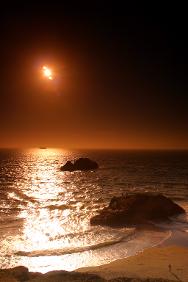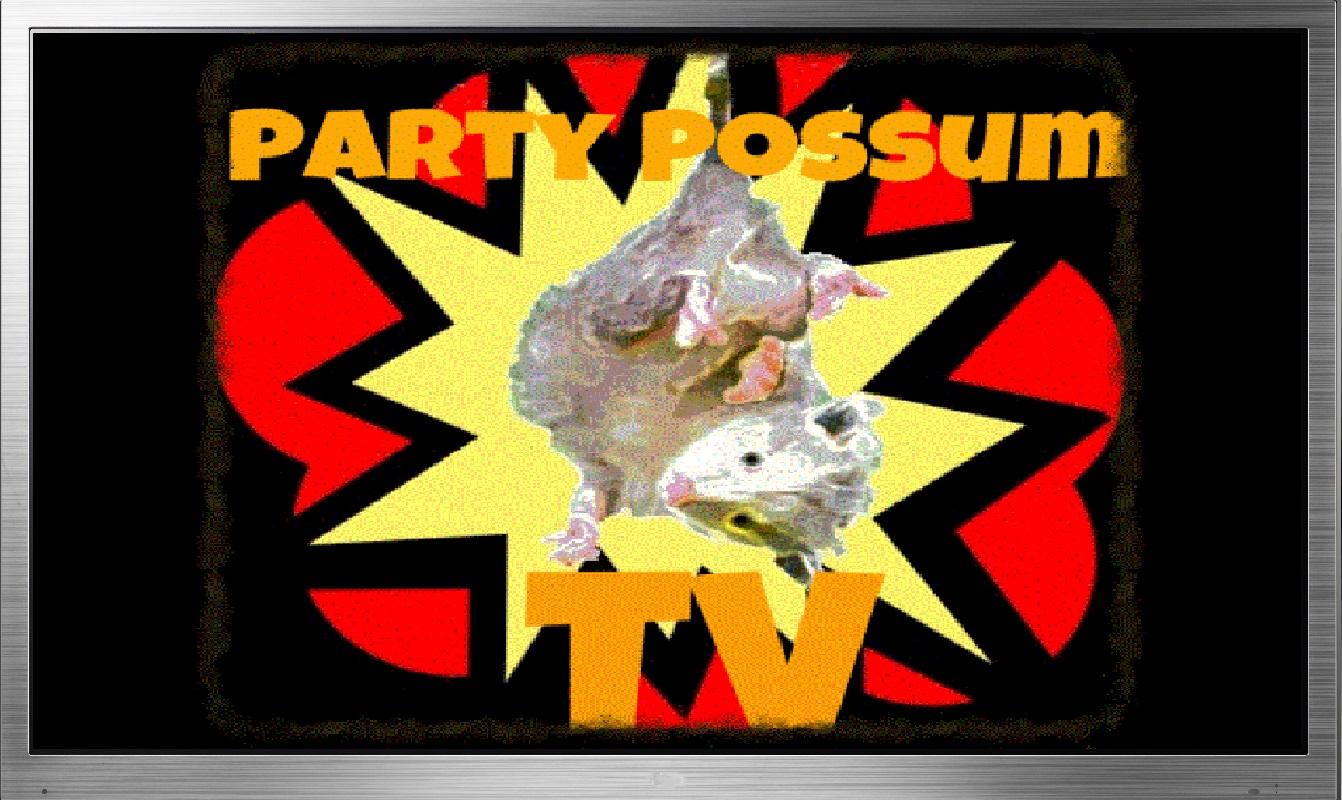Equinox

An equinox occurs when the center of the Sun is in the same plane as the Earth's equator, when the tilt of the Earth's axis is inclined neither away from nor towards the Sun. There are two Equinoxes, a Vernal Equinox (vernal is Latin for "spring") and an Autumnal Equinox. The Vernal equinox occurs around March 20th in the Northern Hemisphere and around September 22nd in the Southern Hemisphere. The Autumnal Equinox occurs around September 22nd in the Northern
Hemisphere and around March 20th in the Southern Hemisphere. The Equinox in March is often referred to as the March Equinox or Northward Equinox and the Equinox in September is often called the September Equinox or Southward Equinox to avoid the confusion of dates.
Translated from Latin, equinox means "equal night." Because the fact that the Sun is positioned above the equator, day and night are about equal in length all over the world during the equinoxes. Those two days are the only times during the year when the sunrise is due east and the sunset is due west.
The Equinoxes occur because of the 23.4 degree tilt of the Earth's axis. Due to the tilt, we receive the Sun's rays most dirctly in the summer. In the winter, when we are tilted away from the Sun, the rays pass through the atmosphere at a greater slant, bringing lower temperatures.
The Equinox is important in Religion. In Christianity, Easter always falls on the first Sunday after the first full moon after the vernal equinox. Jewish Passover usually falls on the first full moon after the Northern Hemisphere vernal equinox. Early Egyptians built the Great Sphinx so that it points directly toward the rising Sun on the vernal equinox. The first day of spring also marks the beginning of Nowruz (see below), the Persian New Year. The celebration lasts 13 days and is based on the 3,000-year-old tradition of Zorastrianism. Stonehenge (Celtic) in England also marks the position of the rising sun on the vernal equinox.
The Vernal Equinox in the Northern Hemisphere and the Autumnal Equinox in the Southern Hemisphere (March Equinox) occurs on...
2013 March 20th 11:02
2014 March 20th 16:57
2015 March 20th 22:45
2016 March 20th 04:30
2017 March 20th 10:28
2018 March 20th 16:15
2019 March 20th 21:58
2020 March 20th 03:50
The Autumnal Equinox in the Northern Hemisphere and the Vernal Equinox in the Southern Hemisphere (September Equinox) occurs on...
2013 September 22nd 20:44
2014 September 23th 02:29
2015 September 23th 08:20
2016 September 22nd 14:21
2017 September 22nd 20:02
2018 September 23th 01:54
2019 September 23th 07:50
2020 September 22nd 13:31
Bahá'í Naw-Rúz
Bahá'í Naw-Rúz, also known as Bahai Calender New Year, is The end of the 19-day sunrise-to-sunset fast in the Bahá'í Faith. This is the first day of the Bahá'í calendar occurring on the vernal equinox, around March 20th (It could be any day from March 20th to March 22nd). Since Bahá'í days start at sundown and Bahá'í Naw-Rúz occurs on the day on which the vernal equinox occurs, if an equinox occurrs before sunset, then Naw-Rúz is celebrated on the day wthat started with the previous sunset.
It is celebrated primarily in the Middle East and Central Asia, especially in Iran, Azerbaijan, Afghanistan, and Tajikistan.
Nowruz
Persian (Iranian) New Year's festival of Nowruz (Iranian diaspora, Kurdish diaspora, Zoroastrians). Nowruz is marks the first day of spring and the beginning of the year in Iranian calendar. It is celebrated on the day of the astronomical Northward equinox, which usually occurs on March 20th, March 21st, or March 22nd. depending on where it is observed. Norwuz is originally the holiest Zoroastrian festival and is recognized as a spring festival of Persian origin which has been celebrated for over 3,000 years.
Nowruz is a public holiday in Afghanistan, Azerbaijan, Canada, India, Iran, Iraq, Kyrgyzstan, Tajikistan, Turkmenistan, Uzbekistan, and Iranians worldwide.
Other March Equinox Celebrations
Tamil New Year occurs on the The March Equinox. It is New Year in the Tamil calendar and celebrated in the South Indian state of Tamil Nadu.
Sham El Nessim was an Ancient Egyptian holiday which can be traced back as far as 2700 B.C. It is still one of the public holidays in Egypt. Sometime during Egypt's Christian period (c. 200-639) the date moved to Easter Monday, but before then it coincided with the vernal equinox.
Mothers Day In many Arab countries is celebrated on the March equinox.
World Storytelling Day is a global celebration of the art of oral storytelling, celebrated every year on the spring equinox in the northern hemisphere, the first day of autumn equinox in the southern.
World Citizen Day occurs on the March equinox
Lieldienas or Big Days (Ancient Latvia) was the celebration of Vernal Equinox
Vernal Equinox Day (In Japan) is an National Holiday, observed through holding family reunions and honoring deceased family members.
International Astrology Day occurs on the March Equinox
The Burning Of The Socks festival .In Annapolis, Maryland, USA, boatyard Employees and sailboat owners celebrate the spring equinox. Traditionally, the boating community wears socks only during the winter. These are burned at the approach of warmer weather, which brings more customers and work to the area. Officially, nobody then wears socks until the next equinox
September Equinox Festivals
Autumnal Equinox Day (Japan) occurs on the September Equinox.
The Mid-Autumn Festival (China, Hong Kong, Taiwan) is celebrated on the 15th day of the 8th lunar month, usually near the Autumnal Equinox Day. It is an official holiday in mainland China, Hong Kong, Taiwan and in areas with a sizeale Chinese population. Because this holiday is based on the Gregorian calender, it can vary from mid-September to early-October.
Jashne Mihragan (Iran, Zoroastrianism) occurs on the Southward equinox, It is the first day of Mehr or Libra in the Iranian calendar, and the festival of sharing or love in Zoroastrianism.
Harvest Festival (United Kingdom) is celebrated on the Sunday of the full moon closest to the September equinox.
New Year's Day (French Republican Calender) occured on the Southward equinox
Pagan Equinox Festivals
In Paganism, the Vernal Equinox is generally charachterized as a return to home, a return to mother, or the nurturing of the young. The Autumnal Equinox is generally a festive day of thanksgiving for the fruits of the earth and a recognition of the need to share them in order to secure the blessings of the Gods during the coming winter months.
The The Vernal and Autumnal Equinoxes were points on the Pagan Wheel of the Year. During the March Equinox, Pagans in the Northern Hemisphere celebrated the Vernal Equinox with festivals of Ostara, Earrach, Alban Eilir, the Festival of Trees, Lady Day, Dísablót (Norse paganism), or Gŵyl Ganol y Gwanwyn. At the same time Pagans in the Southern Hemisphere Celebrated the Autumnal Equinox with the festivals of Alban Elfed, Mabon, Foghar, Harvest Home, Second Harvest, Fruit Harvest, Wine Harvest, or Gŵyl Ganol yr Hydref.
During the time of the September Equinox, Pagans in the Northern Hemisphere celebrated the Autumnal Equinox with the festivals of Alban Elfed, Mabon, Foghar, Harvest Home, Second Harvest, Fruit Harvest, Wine Harvest, or Gŵyl Ganol yr Hydref. At the same time Pagans in the Southern Hemisphere Celebrated the Vernal Equinox with festivals of Ostara, Earrach, Alban Eilir, the Festival of Trees, Lady Day, Dísablót (Norse paganism), or Gŵyl Ganol y Gwanwyn.



